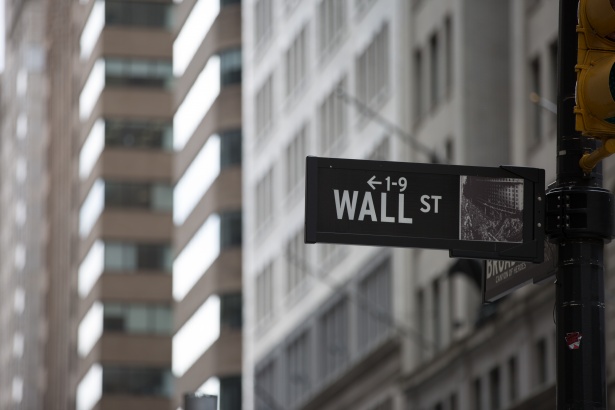US STOCKS-Wall Street slides, ending seesaw week in a risk-off mood
Wall Street slid on Friday in a broad sell-off, rounding out a topsy-turvy week in which investors juggled signs of economic strength with concerns over corporate tax increases, stress from the Delta COVID variant, and possible shifts in the U.S. Federal Reserve's timeline for tapering asset purchases. All three major U.S. stock indexes fell, with the Nasdaq Composite Index suffering the biggest decline as rising U.S. Treasury yields pressured market-leading growth stocks.

- Country:
- United States
Wall Street slid on Friday in a broad sell-off, rounding out a topsy-turvy week in which investors juggled signs of economic strength with concerns over corporate tax increases, stress from the Delta COVID variant, and possible shifts in the U.S. Federal Reserve's timeline for tapering asset purchases.
All three major U.S. stock indexes fell, with the Nasdaq Composite Index suffering the biggest decline as rising U.S. Treasury yields pressured market-leading growth stocks. They were also on track to post weekly losses, with the S&P index setting a course for its biggest two-week drop since February.
"We're seeing a market where investors are pulling to the sidelines," said Peter Cardillo, chief market economist at Spartan Capital Securities in New York. "It's a market that's being driven by cautiousness rather than any shift in fundamentals." A potential hike in corporate taxes could eat into earnings also weigh on markets, with leading Democrats seeking to raise the top tax rate on corporations to 26.5% from the current 21%.
While consumer sentiment steadied this month it remains depressed, according to a University of Michigan report, as Americans postpone purchases while inflation remains high. Inflation is likely to be a major issue next week, when the Federal Open Markets Committee holds its two-day monetary policy meeting. Market participants will be watching closely for changes in nuance which could signal a shift in the Fed's tapering timeline.
"It has been a week of mixed economic data and we are focused clearly on what will come out of the Fed meeting next week," said Bill Northey, senior investment director at U.S. Bank Wealth Management in Helena, Montana. The Dow Jones Industrial Average fell 170.15 points, or 0.49%, to 34,581.17; the S&P 500 lost 38.97 points, or 0.87%, at 4,434.78; and the Nasdaq Composite dropped 159.70 points, or 1.05%, to 15,022.22.
The S&P 500 dropped close to its 50-day moving average, which in recent history has proven a rather sturdy support level. Of the 11 major sectors in the S&P 500 materials and technology shares were suffering the biggest percentage drops.
COVID vaccine manufacturers Pfizer Inc and Moderna Inc dropped 1.3% and 4.8%, respectively, as U.S. health officials moved the debate over booster doses to a panel of independent experts. U.S. Steel Corp shed 8.6% after it unveiled a $3 billion mill investment plan.
Robinhood Markets Inc rose 1.5% after Cathie Wood's ARK Invest bought $14.7 million worth of shares in the trading platform. Volume and volatility is likely elevated toward the end of the session due to "triple witching," which is the quarterly, simultaneous expiration of stock options, stock index futures, and stock index options contracts.
Declining issues outnumbered advancing ones on the NYSE by a 2.18-to-1 ratio; on Nasdaq, a 1.24-to-1 ratio favored decliners. The S&P 500 posted seven new 52-week highs and two new lows; the Nasdaq Composite recorded 57 new highs and 60 new lows.
(This story has not been edited by Devdiscourse staff and is auto-generated from a syndicated feed.)










